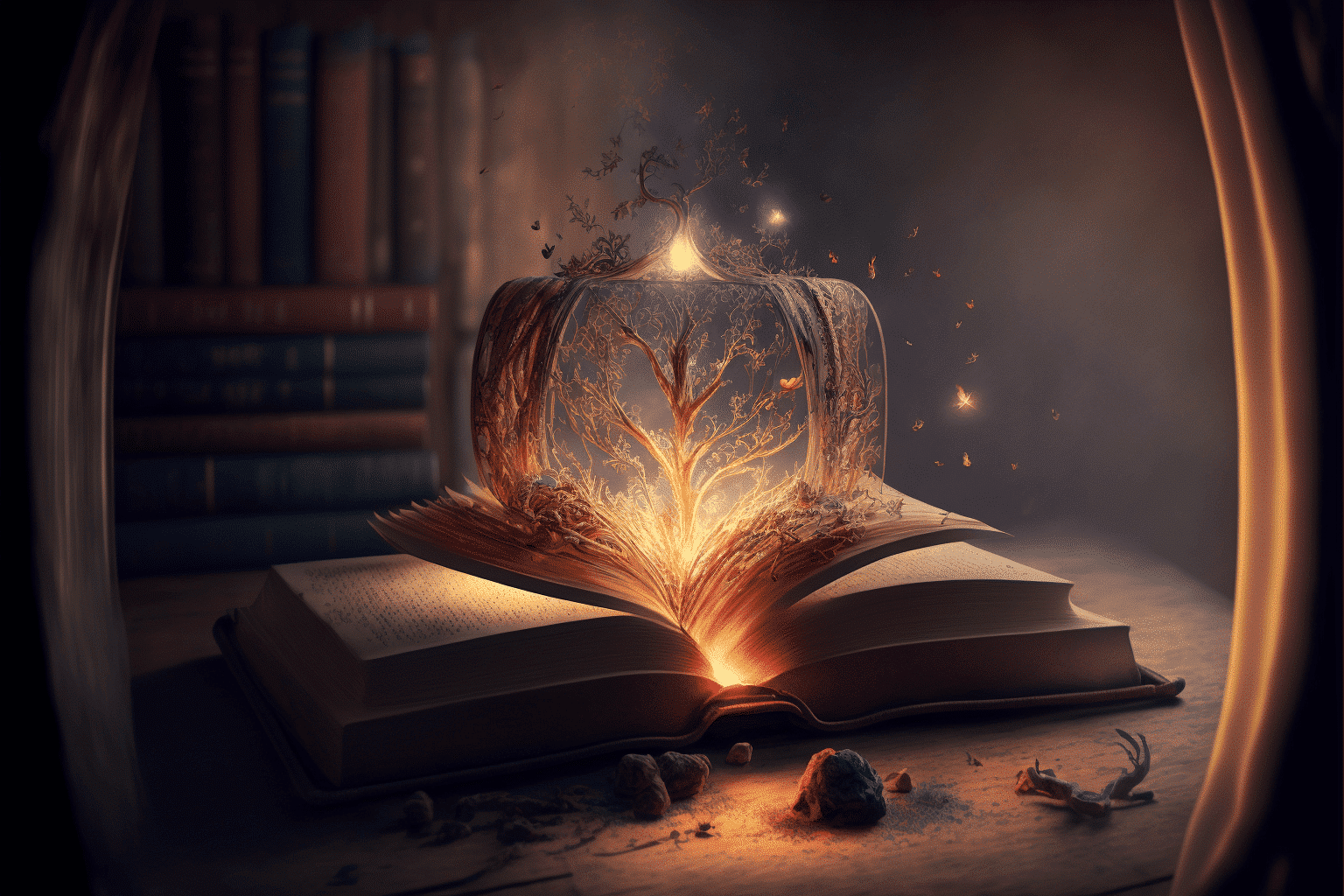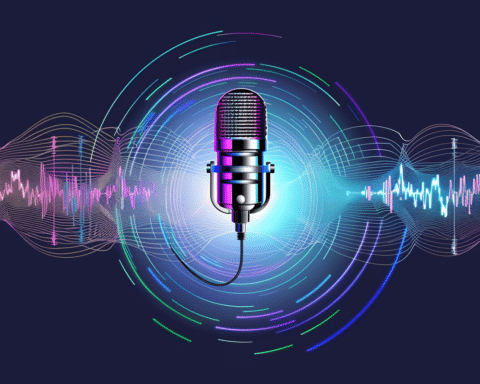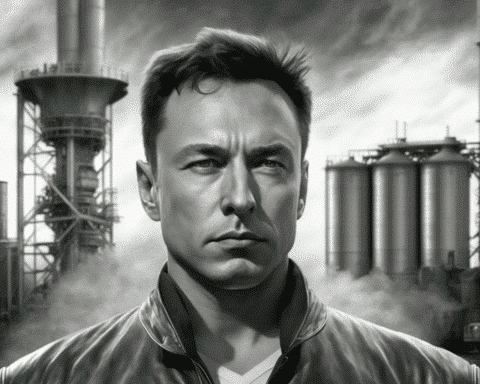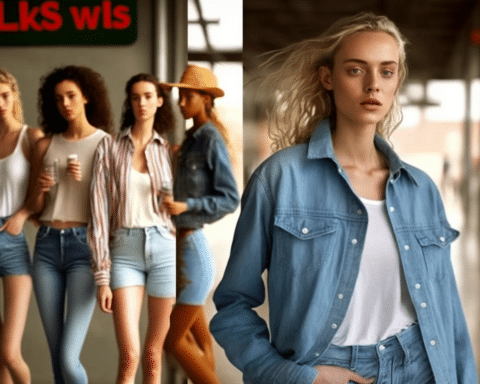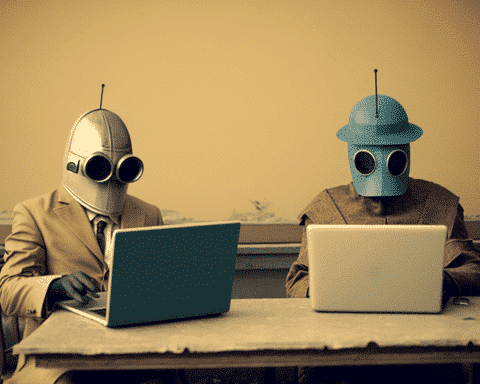Ammaar Reshi, a 28-year-old design manager at a California fintech company, has used AI tools to write and illustrate a children’s book that he had always wanted to make for a friend’s daughter. He used ChatGPT and Midjourney to generate drafts of text and illustrations that would stitch together a story that would show the magic of AI to children.
The end result, “Alice and Sparkle,” is impressive to anyone unfamiliar with AI but often far from perfect: Images tend to appear with strange anomalies — in Reshi’s case, crooked eyes and 12 fingers — and text created by ChatGPT can have quirks and errors that remind us that AI is not quite human. He has sold more than 900 copies since he put his book on Amazon in early December.
Opinions and Complaints
One of the main complaints about AI art, for instance, is that some tools appear to have learned from data sets of art created by real people — with real copyright protections — to provide the fodder for its computer-generated creations.
“People say, ‘Well, if this model is trained on my artwork, and my artwork is copyrighted, is this exactly fair or legal?’ But then I think you’re going to get into this philosophical debate, which is, how is this different than human learning [about] their favorite artist or someone drawing Batman fan art? One could argue that the computer is doing the same thing here.”
Some creators have been giving their opinion about this. For example, the singer Nick Cave recently talked about ChatGPT and a song it wrote in his style “a grotesque mockery of what it is to be human.”
Online, artists have also expressed concerns about AI being used to create art, with some arguing that it takes away from the creativity and uniqueness of human-made art. There are also ethical concerns about AI being used to create art, such as copyright infringement and the potential for AI-generated art to be sold as original work.
The Ethical Implications of AI-Generated Art
Reshi believes that while AI can be a powerful tool for creating art, it is important to consider the ethical and societal implications of its use. Some argue that AI-generated art may be considered a form of plagiarism, as it may be using copyrighted material to create new works. There is also concern that AI-generated art may be used to deceive and pass off as human-made works, which can be a form of fraud.
However, some argue that AI-generated art can also be seen as a new form of expression and creativity and that it can open new possibilities for the arts. Reshi acknowledges that the use of AI in art raises important questions and concerns that need to be addressed, but also sees potential for it to be a valuable tool for creators.
Ethical and Societal Implications
It is important to have a conversation about the ethical and societal implications of AI-generated art, and to find ways to ensure that it is used in a responsible and fair manner. Another concern with AI-generated art is that it may lead to the commoditization of art, where art is seen as something that can be easily replicated or generated by AI, thus devaluing the work of human artists. Additionally, AI-generated art may contribute to the homogenization of art, as AI-generated art may tend to conform to certain styles or trends that are prevalent in the data sets it is trained on.
Despite these concerns, Reshi believes that AI can be a valuable tool for creators and that it can open up new possibilities for the arts. However, it is important to consider the ethical and societal implications of AI-generated art and to find ways to ensure that it is used in a responsible and fair manner. This may involve setting guidelines or regulations for the use of AI in art, and ensuring that artists and creators are fairly compensated for their work.
As the use of AI in art continues to evolve and gain popularity, it is important to have an ongoing conversation about the ethical and societal implications of this technology. By considering the potential benefits and drawbacks of AI-generated art, and finding ways to ensure that it is used in a responsible and fair manner, we can ensure that the use of AI in art is a positive development for the arts and for society as a whole.
